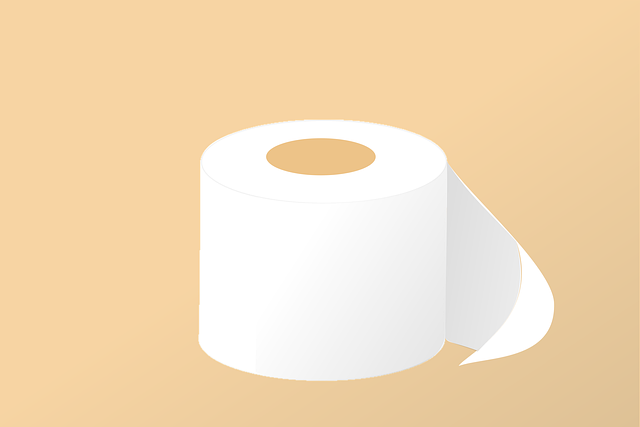How to Stop a Running Toilet (TL;DR): Incessant flushing, caused by leaks, worn parts, or blocked tubes, wastes water and hikes bills. Gather tools like a plunger, replacement flapper, wrenches, and pliers. Locate and turn off the water supply to prevent overflows while fixing the problem, saving hundreds of gallons daily. Learn targeted solutions for clogs, leaky flappers, loose lines, and more with this DIY guide.
Tired of a running toilet that constantly wastes water? This ultimate guide is your solution! Learn how to fix a running toilet with our easy, step-by-step instructions—no plumber required. We’ll walk you through identifying the problem, gathering the right tools and materials, and providing a comprehensive checklist for successful repair. Discover tips and tricks to stop that relentless drip and save money while conserving precious water resources.
- Identifying the Problem: Understanding a Running Toilet
- Tools and Materials Needed for Repair
- Step-by-Step Guide to Fixing a Running Toilet
Identifying the Problem: Understanding a Running Toilet

Toilets that run incessantly can be a common household issue, wasting water and potentially driving up your utility bills. Identifying the problem starts with understanding what constitutes a running toilet. In simple terms, a running toilet is characterized by a constant flow of water from the tank into the bowl, even when it’s not in use. This can manifest as a gurgling sound or a steady stream of water visible through the fill valve opening. The root cause could be various – a leaky flapper, worn-out parts, incorrect float levels, or blockages in the overflow tube. By pinpointing these issues, you can take targeted steps to fix the problem and stop the toilet from running incessantly. Knowing how to address these specific scenarios is the first step in learning how to stop a running toilet effectively.
Tools and Materials Needed for Repair

To tackle a running toilet, you’ll need just a few basic tools and materials. Gather these essentials before beginning:
1. Plunger: A standard plunger is your first line of defense against stubborn clogs. A small-headed plunger is ideal for navigating tight spaces around the toilet bowl.
2. Toilet flapper replacement: This is often the simplest fix for a running toilet. Choose one that fits your toilet’s make and model.
3. Adjustable wrench or pliers: These tools will help you loosen and replace parts under the toilet, such as the supply lines or flush valve.
4. Tees or couplings: If you need to adjust or replace the water supply lines, these accessories can come in handy for connecting and disconnecting pipes.
5. Pliers or slip-joint pliers: These versatile tools are useful for gripping and twisting nuts and bolts.
Step-by-Step Guide to Fixing a Running Toilet

Fixing a running toilet is an easy, DIY-friendly task that can save you money and reduce water waste. Here’s your step-by-step guide to stopping that persistent drip-drip-drip:
1. Locate the Problem: Start by identifying where the water is leaking. Is it from the tank or the base of the toilet? This will help you pinpoint the specific issue and choose the right solution. Toilets with a running problem often waste hundreds of gallons of water every day, so addressing it promptly is crucial.
2. Turn Off the Water Supply: Before you begin any repairs, shut off the water supply to your toilet. Locate the two supply lines connected to the back or side of your toilet—these are usually controlled by valves. Turn them clockwise to disconnect and tighten the nuts with a wrench. This simple step prevents overflows during your fix.
Tired of that relentless running sound? With the right tools and our simple, step-by-step guide, fixing a running toilet is easier than you think. No more wasted water or unnecessary expenses – learn how to stop a running toilet and save money, time, and the planet. Armed with knowledge, you can tackle this common plumbing problem head-on and restore peace and efficiency to your bathroom.
